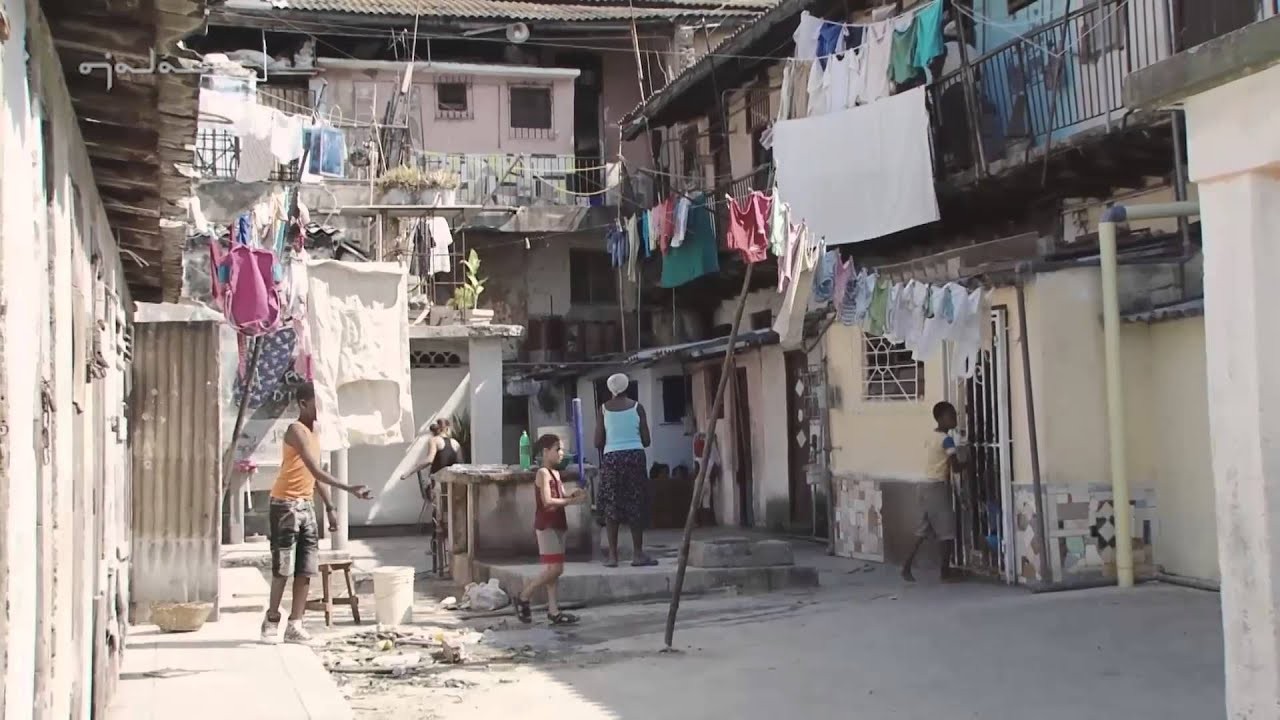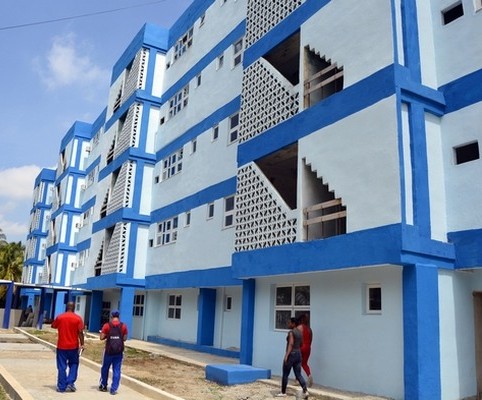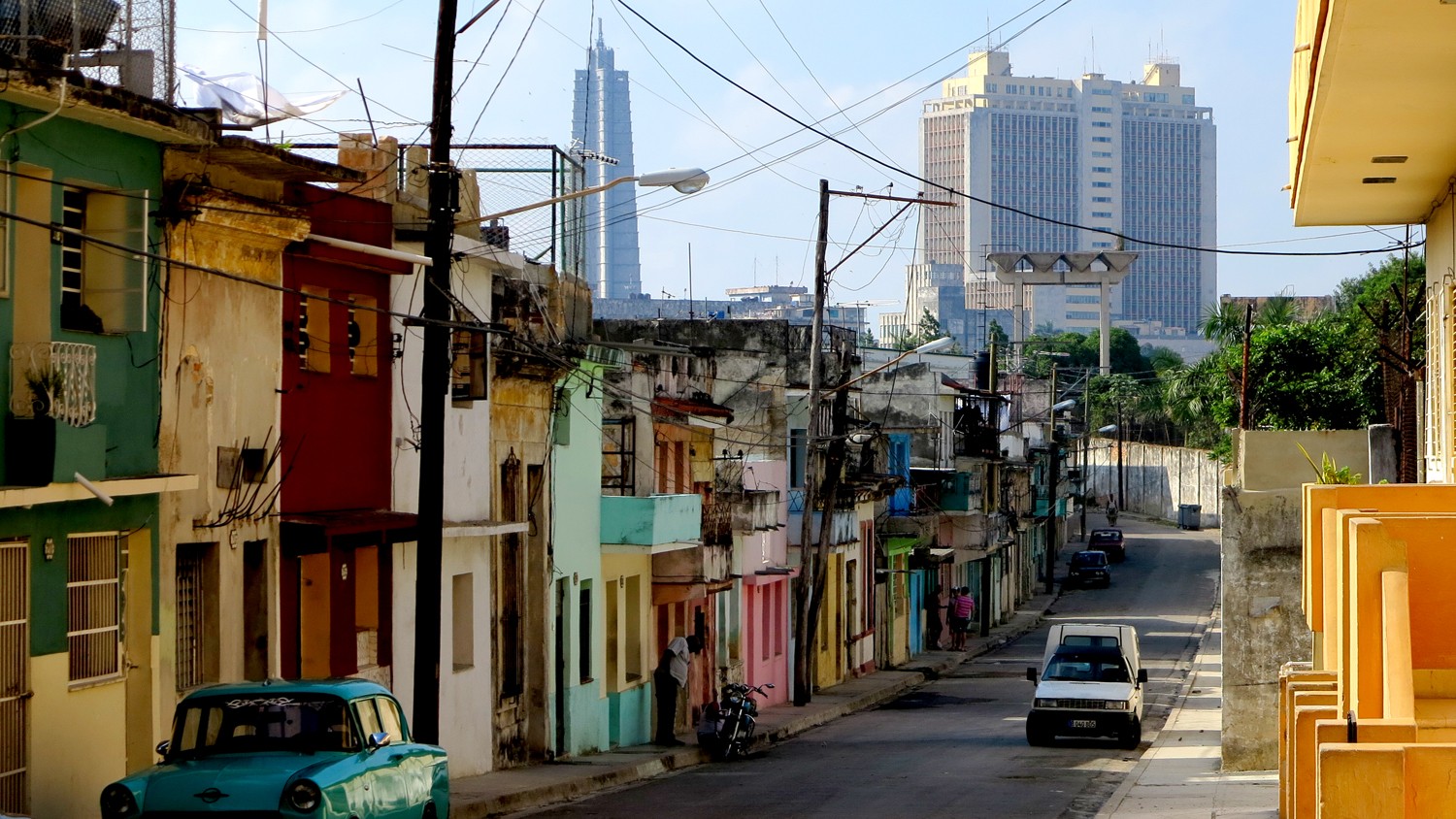Cuban Cities and Vulnerability
Vulnerable areas of Cuban cities have become more fragile. Their recovery, over time, becomes increasingly costly in economic, social, and environmental terms. Saving our cities is just as important as saving the country and developing the economy.
Cities have attracted the attention of experts in various fields for a variety of reasons. One reason seems to predominate: the fact that cities greatly concentrate economic, political, and trade activities within each country[1].
The configuration of cities reflects social and economic evolution. The contemporary city, heir to the age of industrial capitalism, has since evolved to reflect the complexities of technological change in the 21st century, with the emergence of remote workspaces, Wi-Fi cafés, and financial centers often isolated from residential areas.
Cuban cities show traces of the processes of transformation, deterioration, and conservation as undeniable proof of the socioeconomic stages the country has gone through.
Architect Mario Coyula’s work extensively referred to complex physical reconfiguration processes in Cuba that resulted in the "ruralization of the city" and the "urbanization of the countryside."[2] He also predicted the gentrification of the city through real estate purchases and sales, tourism development, and the expansion of private home-based businesses, which he anticipated would revitalize some privileged areas while leaving others on the margins of that growth.
These phenomena, along with the construction of dormitory cities on the outskirts, have profoundly transformed Cuban urban spaces up to the present day. The recurrent economic crises since 1990, as well as the policies implemented to address them, have impacted Cuba's urban structure in both subtle and drastic ways.[3]
According to 2021 data, 77% of Cubans live in urban areas[4], which have higher population density and different socioeconomic complexities compared to rural areas. The proportion of urban residents in Cuba surpasses the global average of 55%, which is projected to reach 68% by 2050. Population concentration in urban areas is a phenomenon that must be considered when designing economic and social policies.
Recurrent crises have exacerbated existing problems in Cuba, such as environmental vulnerability, deteriorating infrastructure, and deficient public services. This article will briefly address some of these problems and their impact on cities in the context of Cuba’s recurring economic crises.
Climate Change and Environmental Vulnerability
The reconfiguration of urban life in Cuba is marked by the impact of successive crises. The analysis of economic crises cannot be separated from the island's Caribbean geography and the effects of climate change. This reality is already causing material physical and human damages in urban areas, leaving little time for recovery between disasters and forcing the allocation of resources for reconstruction instead of economic and social development.
"In any scenario, we must consider the direct impact of a Category 5 hurricane on the city, with winds exceeding 250 km/h, torrential rains, and flooding in coastal areas, all occurring simultaneously. The question is not whether this will happen, but when. This affects city planning and redevelopment, which efforts should avoid the implementation of vulnerable quick-fix solutions that rebuild damaged structures using the same materials and technologies already proven to be ineffective."[5]
Urban life in Cuba suffers from poor environmental quality, evidenced by deficient garbage collection services, unclean public spaces, river and coastal pollution, and high levels of noise and air pollution.
The contamination resulting from affected public services—such as waste collection and the repair of sewage leaks—already impacts, and will continue to impact, the health of both the city and its inhabitants. More than ever before, Cuban cities face frequent risks of erosion and flooding, which carry high physical and human costs in the current context.
Economy, Housing, Employment, and Inequalities
Urban centers concentrate economic and social activities and differ from peripheral areas, where cultural and economic life is scarcer and social infrastructure is more precarious. A city is not just what we see but also what we cannot see: the underground infrastructure of electricity, water supply, and drainage systems that ensure the city’s and its inhabitants' well-being.

Cities are living organisms that evolve and adapt to the needs of their inhabitants for survival. In times of economic crisis, urban spaces reflect the complexities of hardship through the deterioration of both visible and invisible infrastructure and the way residents respond to everyday challenges.
During the 1990s, tenement houses (cuarterías) accounted for between 40% and 50% of all housing units in Old Havana, Cayo Hueso, and Atarés; 80% of all units in impoverished urban areas were over 80 years old, while the rest were between 40 and 80 years old.[6]
In Cayo Hueso, a neighborhood in Central Havana, 70% of buildings are more than 60 years old.[7] According to the 2012 Census, 37% of Havana's housing stock predates 1959, and we know that these older buildings, particularly those built before 1950, are concentrated in vulnerable urban areas.
Coyula warned that money alone is not enough to save the city and its heritage—and he was right. Cities with historic and traditional architecture, such as Havana, Trinidad, and Bayamo, require urban regulations and dedicated funding for preservation before their cultural value collapses. The quality of life in Cuban urban areas is often affected by the deteriorating infrastructure that results in building collapses, requiring frequent housing maintenance and restoration. Since urban centers concentrate the country's economic and social activities, they offer greater job opportunities. Attracted by these prospects and the hope of improving their living standards, Cuba has seen a historic increase in migration from rural to urban areas. However, this has led to a labor surplus in cities that cannot always absorb the additional workforce, increasing competition in the labor market and worsening housing and social conditions.
With recurrent, limited economic reforms, Cuban cities have concentrated tourism activity and most public and private investments—especially Havana.[8] This has led to a concentration of wealth creation in urban tourism hubs and increasingly visible gentrification. Modifications in urban spaces started long before the 1990s and included the use of service and industrial facilities as housing and vice versa. The expansion of self-employment after 1993 led to a process of modifying houses to provide accommodations, restaurants, coffee shops, and retail services. All of this transformed the city and the use of its spaces to meet the challenges of the time.[9]
Currently, we are witnessing a relatively new phenomenon: the massive emigration of Cubans has left behind vacant homes with uncertain futures.
Uninhabited houses accumulate humidity and deterioration, which can eventually compromise the structural health of whole buildings and adjacent properties. Real estate values in Havana are plummeting due to a market with more sellers than buyers, further contributing to urban decline and the gentrification of popular areas.
Public Infrastructure, Service Provision, and Security
Deteriorating infrastructure in Cuban cities includes a deficient public lighting system that increases urban vulnerability and insecurity. As economic and social conditions worsen, along with living standards, an increase in crime is to be expected.
Frequent and prolonged blackouts, along with inadequate public lighting, primarily affect neglected urban areas with limited nightlife, making them more frequent targets of criminal activities. This serious urban security problem particularly affects women and young people.
Under crisis conditions, dormitory cities become even more isolated from urban centers. The concentration of recreational, cultural, and economic life in city centers, coupled with inflation and transportation deficiencies, marginalizes an increasing portion of the population from access to goods and services.
The poor state of transportation services significantly extends workdays by adding more than an hour of travel time between residential areas and workplaces. The delays—under exhausting environmental conditions—combined with everyday hardships, generate and exacerbate social anxiety and stress, drastically affecting Cubans' quality of life.

The limited availability of basic goods and services, such as food, is even worse in municipalities and neighborhoods further from city centers.
Beyond inequalities among Cuba provinces, disparities exist between urban and rural areas and even within urban districts. Prices vary from one municipality to another and even between neighborhoods. Some areas offer a greater variety and better quality of goods, forcing people to travel long distances under precarious conditions to obtain essential consumer goods.
Conclusions
The urban landscape manifests social inequalities. Urban planning can serve as a tool to either correct or deepen these disparities, depending on how public policies are designed, projected, and implemented. The absence of these policies, a misinterpretation of them, or an underestimation of the importance of urban planning in addressing inequalities results in visible imbalances, with some neighborhoods being forgotten while others are "saved."
Decades of economic crisis have impacted the urban development and evolution of Cuban cities. Cities in Cuba have evolved under the effects of low investment in the housing sector, poor urban planning, the direct impact of climate change on the island, internal and external migrations, and economic and social policies that have favored sectors such as tourism over other areas of development that impact positively and more equitably the society.
Vulnerable areas have become even more fragile. Rescuing them becomes increasingly expensive—economically, socially, and environmentally. Saving our cities is as crucial as saving the country and developing the economy. Much depends on it, including human lives—both literally and figuratively.
[1] This article is an adaptation of the one originally published in English in Progreso Semanal. Digital Edition, https://progresoweekly.us/cities-and-social-equity-in-cuba/.
[2] Mario Coyula, “Housing in Cuba,” Designer/Builder, November 2000; Mario Coyula, “Al Margen Del Centro,” Arquitectura y Urbanismo XXXI, no. 2 (2010): 16–26.
[3] Batia Lapidus Radlow, “Economic Transformations in the 90s and Spatial Changes in the Province of Ciudad de La Habana, Cuba,” Investigaciones Geográficas. Boletín del Instituto de Geografía 41 (2000).
[4] ONEI, Statistical Yearbook of Cuba: Population 2023, www.onei.cu.
[5] Mario Coyula, “...And What Will Havana Be Like?,” Revista Bimestre Cubana de La Sociedad Económica de Amigos del País 40 (June 2014).
[6] Mario Coyula and Jill Hamberg, “Understanding Slums: The Case of Havana, Cuba,” Working Papers on Latin America. The David Rockefeller Center for Latin American Studies, no. 4 (2005).
[7] Ibidem.
[8] For example, investments in business services, real estate, and rental activities continue to absorb the largest proportion of investments, with 33% of the total in 2022 and 25% in 2023. Meanwhile, Havana received almost 60% of total investments in 2022 (58%) and 2023 (59%). ONEI, Statistical Yearbook of Cuba: Construction and Investments 2023, www.onei.cu.
[9] Batia Lapidus Radlow, op. cit.

